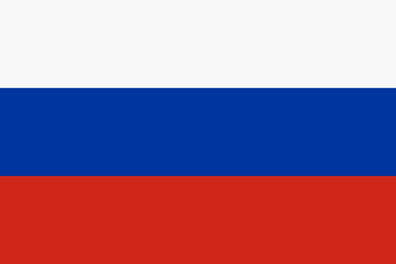Donate to Support Supercluster
Your support makes the Astronaut Database and Launch Tracker possible, and keeps all Supercluster content free.
SUPPORTSupercluster on Patreon
Your support makes the Astronaut Database and Launch Tracker possible, and keeps all Supercluster content free.
SUPPORTThis goes
to space
GLONASS-K1
GLONASS-K (originally called Uragan-K) spacecraft are the third generation of GLONASS navigation satellites. These satellites have an increased lifetime of 10 - 12 years, reduced weight of only 935 kg, and offer an additional L-Band navigational signal.
GLONASS (Global Orbiting Navigation Satellite System) is a Russian space-based navigation system comparable to the American GPS system.
The operational system contains 21 satellites in 3 orbital planes, with 3 on-orbit spares. GLONASS provides 100 meters accuracy with its C/A (deliberately degraded) signals and 10-20 meter accuracy with its P (military) signals.
Courtesy of NASA
Image: GLONASS-K Satellite, as displayed at CeBit 2011.

On this
rocket
Soyuz 2.1b/Fregat
Meet Roscosmos’s 21st-century upgrade of the Soyuz rocket: the Soyuz 2.1b.
One of the most significant advancements in this variant is the completely digital flight control system, a major technological leap for a rocket family originally designed in the 1960s.
Specs
Height: 46.3 m (152 ft)
Diameter: 2.95 m (9 ft 8 in)
Mass: 312,000 kg (688,000 lb)
Stages: 2 or 3
The digital flight control system enhances launch precision and target accuracy, making the Soyuz 2.1b more reliable for a wide range of missions.
Additionally, this variant features an upgraded Blok-I second-stage engine, the RD-0124, which provides improved performance and efficiency over earlier models.
The Soyuz 2.1b was the second of three Soyuz 2 variants to enter service, making its debut launch on December 27, 2006.
Two Names, Two Flags
This rocket flies under two different names, depending on the launch operator:
- Soyuz 2.1b: When launching under Roscosmos from Baikonur or Plesetsk.
- Soyuz ST-B: When sold to Arianespace for European launches. This version includes European modifications, such as a European payload adapter and a European flight termination system.
Image: ESA

From this
launch site
Site No. 43/4 - Plesetsk Cosmodrome, Russian Federation
The Plesetsk Cosmodrome is located 800 km north of Moscow, Russian Federation.
The site was founded in 1957 to support Union of Soviet Socialist Republics ICBM launches of the R7 missile - from which the Soyuz rockets today are derived.
Site 43 consists of two major launch pads. 43/3 and 43/4. Both of which are active today with over 200 and 300 launches respectively.
Plesetsk was not as busy as Baikonur in terms of satellite launches from its founding in 1957 to 2000 due to its location and ability to only launch crafts to Molniya and polar orbits.
With the fall of the Soviet Union and the Baikonur Cosmodrome becoming foreign territory for Russia, Plesetsk has been far more active since the 2000s.
It is primarily used for military and commercial launches to high inclination and polar orbits.
It has been the site of three fatal ground accidents that have killed 58 people.
In 1973, a Cosmos-3M rocket exploded on the launch pad killing 9; in 1980, a Vostok-2M rocket exploded during fueling, killing 48; in 2002, a Soyuz-U rocket exploded killing 1 person.

Here's where to view GLONASS-K1
GET THE SUPERCLUSTER APP
THE SUPERCLUSTER PODCAST
A podcast exploring the amazing milestones that changed space history, the wildest ideas that drive our future, and every development in this new Golden Age of Space.
Donate to support
Your support makes the Astronaut Database and Launch Tracker possible, and keeps all Supercluster content free.
SupportCOPYRIGHT 2021 SUPERCLUSTER LLC

